
The words are seared into the memory of every human that has had the joy of driving through Yellowstone National Park’s North Entrance: “For the benefit and enjoyment of the people.” That simple, yet striking, phrase adorning the Roosevelt Arch defines what has become known as America’s Best Idea: a national park.
I write this as the United States finds itself in a defining moment. Institutions are being upended. Longstanding norms, such as the previous leaders being granted security, are no longer followed. Civil servants, the newly branded “parasites”, are being fired in droves. Park Rangers find themselves included under that umbrella that is the civil servant. They also find themselves in a unique situation: per PEW Research from 2024, the National Park Service (NPS), run by the US Department of the Interior, is one of only three federal agencies viewed favorably by both Republicans and Democrats.1 It was the most popular agency overall in the poll (to my friends at the U.S. Forest Service and Bureau of Land Management – sorry, that poll didn’t include you, but you aren’t forgotten!) Therefore, the chainsaw that has been taken to the staff at the Land Management Agencies has received more backlash from the general public compared to other federal agencies and will be most heavily seen by the general public during their vacations this Summer.
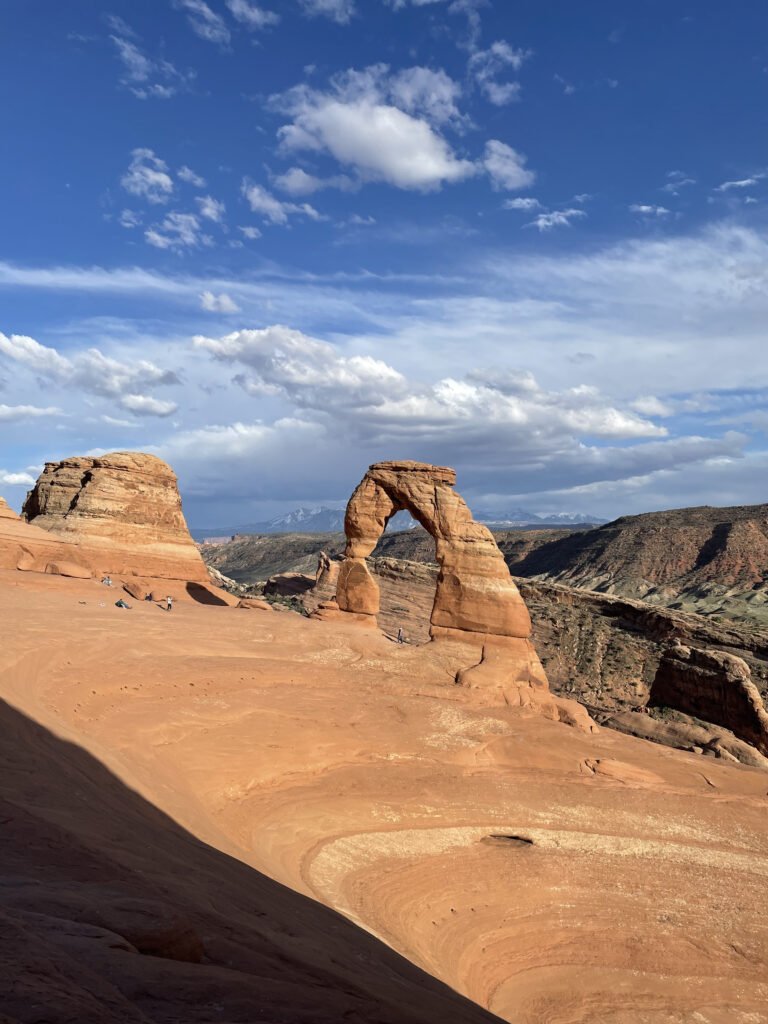
The visitation numbers back the popularity of our parks and forests. 2024 saw the greatest number of visitors clocked into areas run by the National Park Service, combined, ever!2 This includes 33 parks, spanning every region of the country, recording their highest visitation on record dating to 1979. They span from full National Parks such as Dry Tortugas (84,873), Capitol Reef (1,422,490), and Sequoia (1,309,573) to lesser-known places such as Stones River National Battlefield (446,160), Valdez Caldera National Preserve (82,111), Stonewall National Monument (2,302,641), and Kaloko Honokohau National Historic Park (351,422).3 The number of visits to our parklands totaled over 331 million.4 This year, the alarms are sounding as summer vacations draw near. Seasonal hiring is months behind and many permanent job offers were revoked at the last second. In addition, nearly every permanent staff member in their first year of duty – known in the public sector as a probationary period – was fired for cause only to be rehired a month later.5 Some are unable to return to their jobs with the uncertainties and need of money. Some will most likely be targeted yet again for termination because of an incoming Reduction-in-Force, which reduces the headcount and payroll of a government agency. The NPS is expecting to be forced to reduce its payroll by 30% and plans are ordered to be finalized this month.6 This is certainly a far cry from the sitting president donating his salary (albeit while shrinking monuments such as Grand Staircase-Escalante in Utah)7 to the cause during his first term.8
Currently, federal credit cards are capped at $1 monthly spending limits, with the exception of 1-3 people in each of the 12 NPS administrative regions left to approve all spending.9 Instead of the tried-and-true method of receipt tracking purchases for each division within a park, this inefficient new system is preventing essential supplies such as toilet paper, trash bags, and gasoline from getting to parks. This feels like trying to fix something that was simply not broken – all payments were already tracked via receipt to avoid corruption and now the very things needed to run a park can’t be purchased.
The benefits the National Parks, Monuments, Forests, Battlefields, Historic Sites, and Memorials provide are two-pronged. First is the benefit to the soul. The vistas and profound scenery that has moved many to tears. But it is not just scenic beauty, either. So many parks provide a fun chance to learn about our past and ourselves. There is something for every single American, whether you seek beauty, solitude, history, a connection to your past, or inspirational heroes from every corner of the country. We even have a week dedicated to celebrating them coming up in April, thanks to former president George H.W. Bush.10
Think of that first glimpse over the vast edge of the Grand Canyon or that herd of bison that walked right next to your car in Yellowstone. Think of your walk alongside lava fields in Hawaii, or the thrill of being the first American to see the Sun rise that day in Acadia!
Legendary wins are celebrated – independence secured at Yorktown, the first transcontinental railroad completed near Salt Lake City, rights for workers in secured in multiple states (Cesar Chavez, Pullman), pioneering struggles to survive in the West (from Nicodemus to Fort Vancouver), heroic efforts during World Wars (Rosie the Riveter, the Manhattan Project, the Monument Mall), and leaders big and small who in some way helped better the lives of their fellow citizens (from Frederick Douglass, Teddy Roosevelt, Charles Pinckney, George Washington Carver, and many more)
Some darker moments are immortalized – the massacre of the Sioux at Little Bighorn, the internment of Japanese-Americans during World War II in the deserts of California, a civil rights leader named Medger Evers shot outside his Mississippi home, the rounding up of the Nez Perce tribe after their attempt to flee North, catastrophic neglect of obvious in a deadly dam failing in Johnstown, Pennsylvania, and brothers fighting brothers at so many Civil War battlefields.
These are all a part of the story of US! This is our collective heritage, our collective struggle – all one shared experience of all Americans. It is the story of the desire to build a nation the world would envy – the story of how the flaws of our humanity led us to fall short so far. I am glad my taxes go towards being able to see the wonders of the world, and to learn and grow from the triumphs and mistakes of our past. That learning leads to an open mind, to growth, and to a desire to be the change and one day leave this world a better place than we found it.
The second benefit is economic. Matching the record visitation was record tourist spending: outside the parks, which are often small, rural communities, tourism counted for $55,600,000,000 (yes, billion!) benefiting those communities.11 This is simply a great deal: the National Park Service’s operating budget was $3,764,000,000 last year, providing benefits to small businesses and taxpayers many times beyond what the cost is to operate. Many salaries are not even covered by that figure, with funds coming from entrance fees, the states, or non-profit partners for various positions.1213 The 433 sites run by the National Park Service are not just a good business deal; they are a lifeblood for communities and a way of life; a money printer for private businesses as well as the government.
On paper, there is no argument for going after a good thing enjoyed by all. If anything, the argument is to fund the parks further – even before the well-publicized firing of my colleagues on Valentine’s Day, staffing levels had already shrunk between 13 and 20% depending on the source since 2010.14 Fewer staff managing the same land and more visitors is not a recipe for success. Don’t just take it from me, either: former NPS Director Chuck Sams, on 3/16 in an interview with CBS reporter Conor Knighton, felt that in his time as director, he felt that the parks needed 15-25% more staff to properly function.15 Park management is not a business where you need to cut costs and boost revenue. This is just a service open to all who want to enjoy its benefits! Yet, as I type this out, the goals of Project 2025 to increase the development of federal lands are unfolding.16 This playbook for an overhaul of the federal government is playing an integral role in the future of the entire government, including public parks, this year.
If Project 2025 is completely implemented, the immediate impact on parkland is twofold: repealing the 1906 Antiquities Act and shrinking the size of National Monuments. Let’s talk about the Act first: this law allows the president, without having to go through Congress, to create new National Monuments.17 It has been used around 300 times since then to immediately protect a significant piece of land or part of our story;18 the Grand Canyon and Acadia National Parks started as humble monuments founded by presidents through the Antiquities Act.19
The justification for the repeal is presidential overuse by Joe Biden in particular, who used the Act to create 10 new monuments and adjusted 4 current ones out of the over 160 created by presidents via the Act since 1906.20 Some, including the Carlisle Federal Indian Boarding School National Monument in Pennsylvania, shouldn’t require much if any funding to get up and running; that land has been re-purposed already by the Army. Although admittedly some uses of the Act are initially controversial, they don’t often prove a mistake: Jimmy Carter’s use of the Act in Alaska to protect most of the land now making up Alaska’s National Parks saw an initial backlash in Last Frontier give way to acceptance. His idea of tourism, conservation, and light use (subsistence fishing and hunting) was a lightning rod; the counter argument was that cutting off oil drilling, mining, and logging would be detrimental to the state. Studies confirmed the increased tourist dollars totaled more than the commercial development of the land would have, and Alaskans have largely come to the same conclusion.21
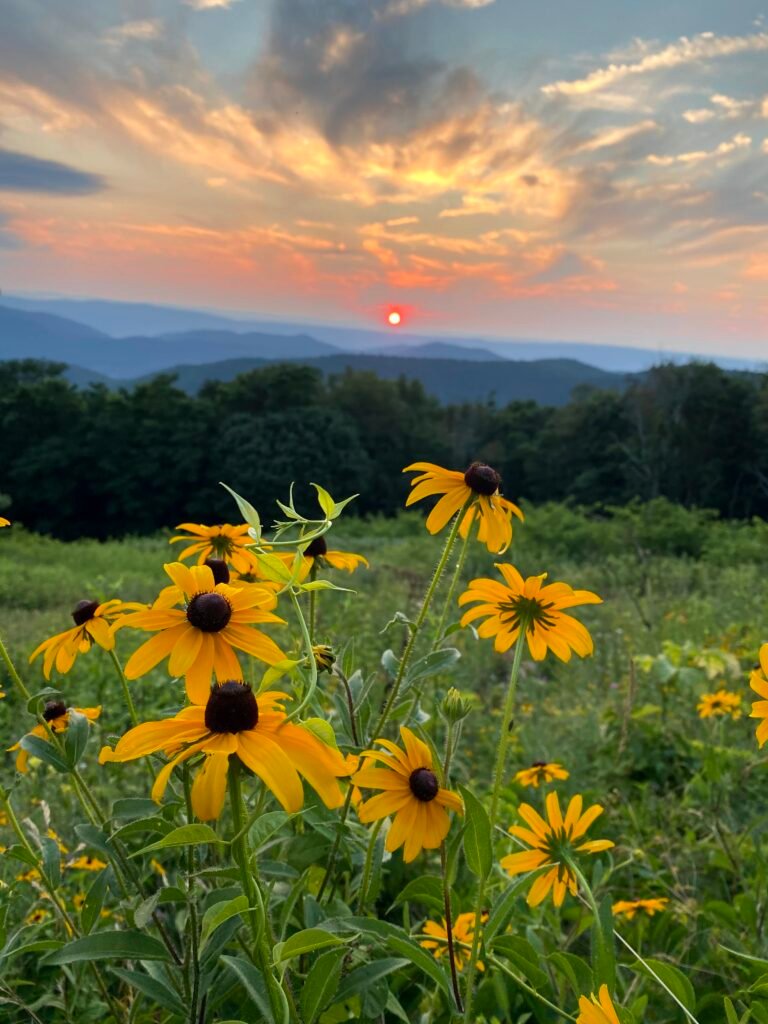
When you tell a story from all sides, you get the perspective of the “winners” and “losers”, which can be at odds from the one-sided perspective people often heard growing up. It can be tough to view something you see as a triumph through the lens of someone else who it as a tragedy. Take the story of Westward Expansion/Manifest Destiny: an epic struggle to survive for American settlers, leading grand tales of adventure, riches, and new ways of life, a loss of home and culture for Natives who first occupied those same lands. As someone who has a degree in history, I have never felt attacked hearing differing views on historical. It helps me to grow and be more empathetic to the experiences of others while evolving my worldview. I am not sure how trying to grow, learn, and be better is a bad thing. I hope it doesn’t become one.
The fight against national monuments and forest lands is already under way. A carefully, though vaguely worded order from the Secretary of the Department of the Interior, Doug Burgum, on February 3, 2025, falls in lockstep with the January 20th Executive Order “Unleashing American Energy” by the current White House.22 He calls for ways to remove barriers to using Federal land for its resources: declaring “energy exploration and production on Federal lands and waters.” as “in the national interest.” I am all for innovative energy solutions and job growth to provide maximum prosperity to American families, but the implications are clear: the Executive Order states, “the Secretaries of the Interior and Agriculture shall reassess any public lands withdrawals for potential revision…the Secretary of the Interior shall prioritize efforts to accelerate…mapping of the United States, with a focus on locating previously unknown deposits of critical minerals.”23
I am not anti-development nor am I calling us to limit research into energy solutions (and thus, new jobs). There are just other means to go about this. There are extensive options, including solar, water, and hydrogen, that could use further development and when properly managed, provide solutions that we won’t pay for generations later.24
The attacks go further than just real estate; our present clashing of cultures has developed to the point where basic facts cannot be agreed upon. This has finally spilled over into the parks, namely the historical ones.25 An executive order made on March 27, 2025, “Restoring Truth and Sanity to American History,” claims objective facts have been ignored and ideologies promoted in the teaching of history within our parks and museums by the prior administration.26 What there has been is a concerted effort to tell the stories of our parks from all points of view. While this can make people uncomfortable, I fail to see this as advancing any one ideology. It is simply listening to different groups of people. I am saddened how broadening perspectives leads to anger, as I find it very interesting to hear different sides of a story. There should be a consultation of historians of a subject matter before any changes are made based on the whims of an executive, regardless of which side of the political spectrum they fall on.
On March 14th, a fact sheet was given to the press eliminating two recently created desert monuments, Chuckwalla and Sattitla in California.27 These places were already federally managed (by the Forest Service and Bureau of Land Management); thus, no private landowners were pressured to sell, and limited investment is needed to transition to monument status; they were upgraded at the request of Native tribes seeking increased protection of their traditional homelands and that which lives inside the borders.28 The reason for the elimination comes in the different ways the land is used by the agencies: BLM and the Forest Service allow for managed usage of the land’s resources, whereas the NPS provides the greater protection of those resources the tribes seek. Though that line soon disappeared, and their fates remain in limbo, the threat still looms.
To me, these moves reek of greed. Unfortunately, in my experience love of the dollar can’t be satisfied; there seems to be some human gene that once you reach one threshold, there is always another. We see it right now with billionaires, who cannot hope to liquidate and spend their net worth within several lifetimes, which are hurtling towards the trillion-dollar mark.29 At what point is enough really enough? A Native American proverb (attributed to various original sources) perfectly sums it up: “Only when the last tree is cut, only when the last river is polluted, only when the last fish is caught, will they realize that you can’t eat money.”30
In this time of great upheaval, we can only speculate what comes next. But we are at the top of a slippery slope as a country. Once you’ve gotten the public used to shrinking a monument, getting rid of it becomes far less of an obstacle. Would your daily life change if El Malpais National Monument or Thaddeus Kosciuszko National Memorial ceased to exist? Most likely not! But even the least known places matter to their local communities: in 2017, El Malpais generated over 100 jobs and $9,235,100 to local businesses in New Mexico, mattering a great deal to the people of Grants.31 Thaddeus Kosciuszko, meanwhile, is part of the Philadelphia historic parks, which when combined support over 2,000 jobs and generated a whopping $150,000,000 in revenue for businesses in 2013, before the recent uptick in visitation that coincided with the 100-year anniversary NPS celebration.32
Only when the last tree is cut, only when the last river is polluted, only when the last fish is caught, will they realize that you can’t eat money”
–Native American Proverb
Once the smaller, lesser-known places are rid of and sold to the highest bidder, the more well-known sites become the target. They have the most resources and price value, after all! The historical sites will go next, and finally the crown jewels will be within reach. If that land gets sold off to the highest bidder, get ready for a day at the Grand Canyon to cost as much as your week’s groceries, if recent Disney Park prices are anything to go by.33 This assumes the Grand Canyon would even remain open to the public considering the ample energy and water resources of the Colorado River.
Other government service agencies operate out of the public’s eye, although they help balance the scales between banks and citizens, healthcare to veterans, and protections for workers and employers. The national parks are both visible and a source of pride for all Americans. Thus, what happens to them in the coming months and years will define us as a people and as a nation. What do we truly stand for? Is greed, gluttony, and that insatiable desire for wealth truly most important to us all? Whether the land and our cultural and scenic resources survive and remain accessible to all will give us an answer once and for all. This is THE showdown for the soul of our nation.
Your friend.
Your fellow American.
Your proud public servant.
The ranger that greeted you when you entered the park.
Erik Ridley
The views expressed in this opinion piece do not reflect official positions held by the United States National Park Service or the United States Department of the Interior
Footnotes
- How Americans see federal departments and agencies | Pew Research Center ↩︎
- Visitor Use Data – Social Science (U.S. National Park Service) ↩︎
- STATS – Welcome to Visitor Use Statistics ↩︎
- Visitor Use Data – Social Science (U.S. National Park Service) ↩︎
- Firing of 1,000 employees adds to National Park Service staff strain ↩︎
- Trump administration eyes 30 percent payroll reduction at National Park Service ↩︎
- Trump Shrinks Bears Ears And Grand Staircase-Escalante National Monuments : The Two-Way : NPR ↩︎
- Trump Gives Paycheck To Park Service Despite Calling For Deep Spending Cuts : NPR ↩︎
- Trump admin imposes $1 credit card limit on National Park employees
↩︎ - 7 Things to Know About National Park Week – Park Chasers ↩︎
- National Parks Contributed Record High $55.6 Billion to U.S. economy, Supported 415,000 Jobs ↩︎
- Utah to keep its national parks open if federal government shuts down ↩︎
- Entrance Fees Generate Hundreds of Millions of Dollars A Year for National Park Service | National Parks Traveler ↩︎
- President Donald Trump’s federal purge could cripple national parks – POLITICO ↩︎
- How DOGE cuts are jeopardizing our national parks ↩︎
- Project 2025 Tracker ↩︎
- Antiquities Act of 1906 – Archeology (U.S. National Park Service) ↩︎
- National Monuments and the Antiquities Act | Congress.gov | Library of Congress ↩︎
- Monuments Protected Under the Antiquities Act · National Parks Conservation Association ↩︎
- 2025_MandateForLeadership_FULL.pdf ↩︎
- Jimmy Carter shaped modern Alaska in profound, lasting ways – Anchorage Daily News ↩︎
- Unleashing American Energy ↩︎
- Unleashing American Energy – The White House ↩︎
- Best 11 Clean Energy Solutions: A Sustainable Path to Future ↩︎
- Trump executive order targets Smithsonian over ‘divisive ideology’ ↩︎
- Restoring Truth and Sanity to American History – The White House ↩︎
- President Trump Is Eliminating Two Massive National Monuments ↩︎
- In California, Confusion Abounds Over Status of 2 National Monuments – The New York Times ↩︎
- Who Will Be the World’s First Trillionaire? ↩︎
- Quote Origin: When the Last Tree Is Cut Down, the Last Fish Eaten, and the Last Stream Poisoned, You Will Realize That You Cannot Eat Money – Quote Investigator® ↩︎
- Tourism to El Malpais and El Morro National Monuments Creates Economic Benefits to Local Economy – El Malpais National Monument (U.S. National Park Service) ↩︎
- Independence National Historical Park Tourism Creates $150 million in Local Economic Benefit – Independence National Historical Park (U.S. National Park Service) ↩︎
- Disney World Theme Park Tickets in Orlando, Florida | Walt Disney World Resort ↩︎


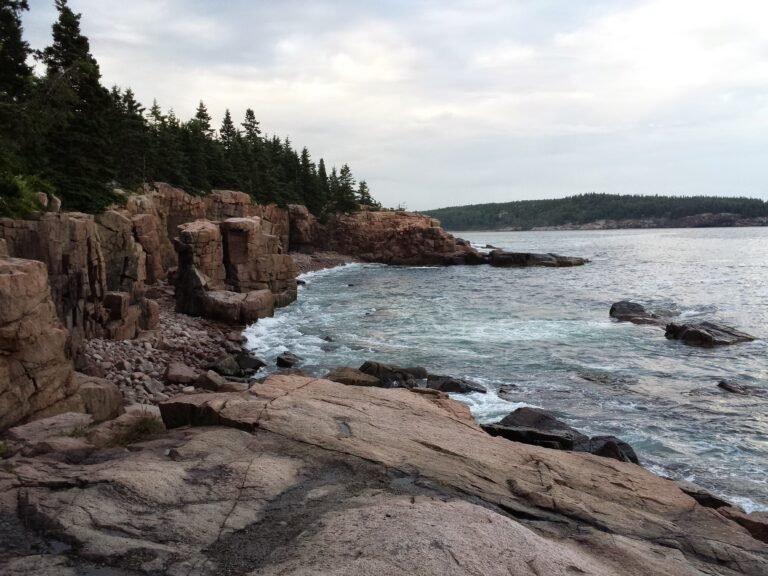

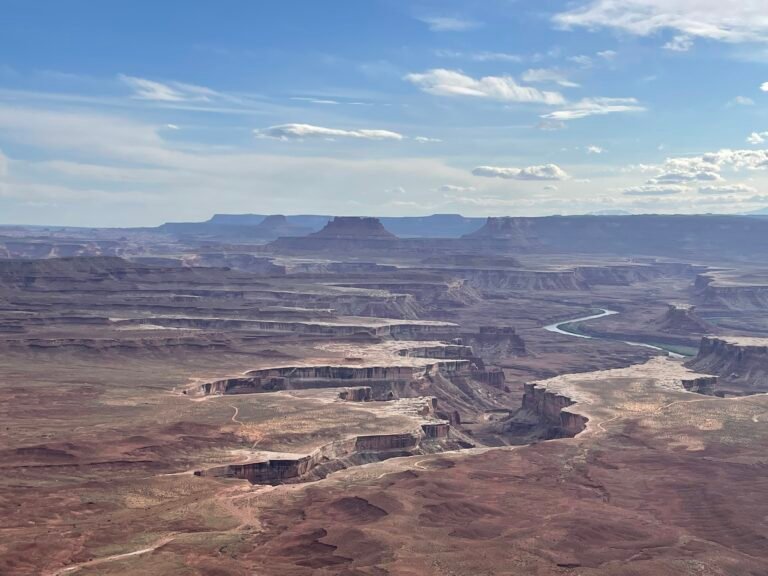

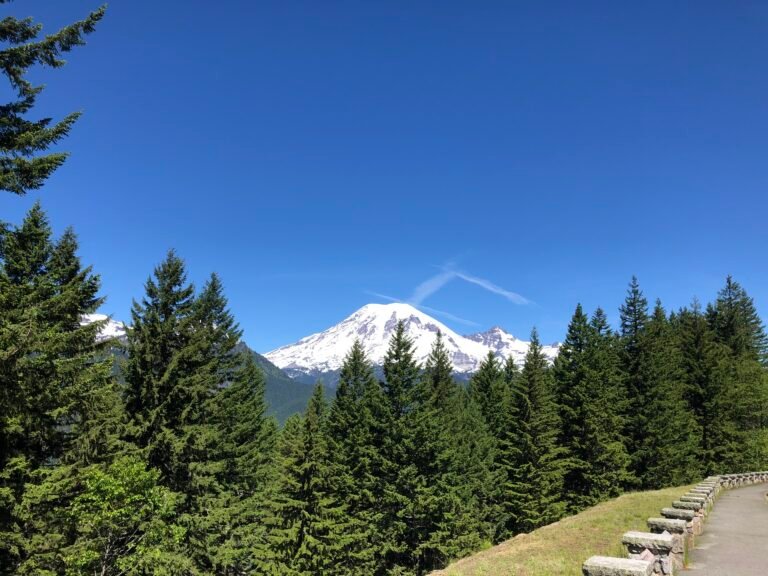
Extremely well written and researched! I agree on all points.